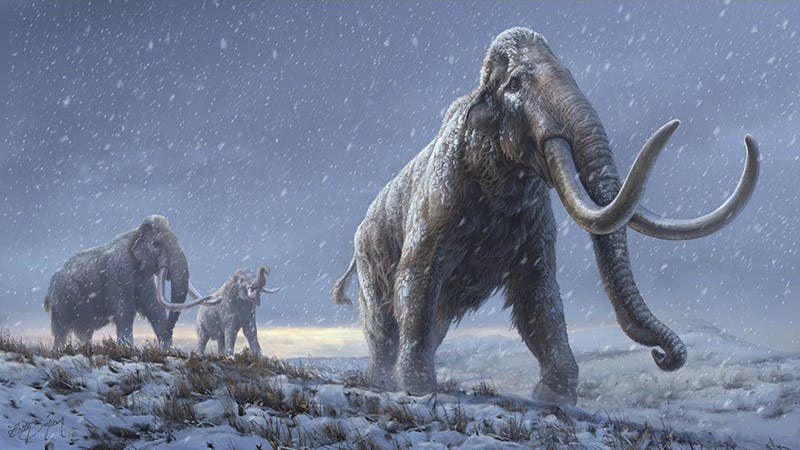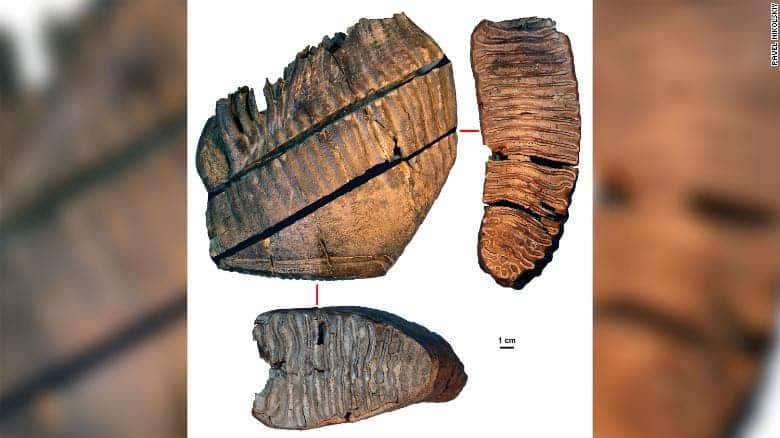
Scientists have pushed technology to its limits after they managed to sequence the genome of a mammoth tooth that’s more than a million years old. Officially, this is the oldest DNA sequenced thus far — by a long shot.
The million-year-old genome is finally upon us
In 2013, scientists sequenced the genome for the previous record-holder, DNA from a 780,000-year-old horse leg bone. Finding other similarly ancient genomes, however, is challenging work because DNA strands become increasingly small with time after an organism perishes. You need extraordinary circumstances to preserve DNA this old.
As luck would have it, the Siberian permafrost, whose frigid but constant temperature slows down DNA fragmentation, is exactly the right environment for preserving ancient genomes. And what scientists found there completely shattered any previous records.
The international team of researchers isolated DNA from molars belonging to three separate mammoths discovered in the Siberian permafrost in the 1970s. The oldest of the batch was dated back to between 1.2 million and 1.6 million years ago.

But although the permafrost helped extend the genome’s lifespan, the samples contained very little DNA. Luckily, the researchers led by Love Dalén, an evolutionary geneticist at the Swedish Museum of Natural History (SMNH) in Stockholm, employed state-of-the-art genome sequencing that enabled them to recover a workable number of base pairs of nuclear DNA.
The ancient genome sequence revealed several interesting things. The oldest genome belonged to a type of mammoth that diverged from other known Siberian mammoth species more than a million years ago. Scientists named it the Krestovka mammoth in honor of the region where it was initially found.
These findings were totally surprising because all previous research suggested that Siberia was home to a single species of a mammoth at that point in time, known as the steppe mammoth. Researchers don’t know for sure if these molars belonged to a different species, but it sure looks like it at this point.
Given the timeline, the researchers also believe this previously unknown lineage may have seeded the North American population some 1.5 million years ago.
Once it became isolated in North America, this ancestral line diverged further. The researchers found that Columbian mammoths trace half their ancestry to the Krestovka lineage, while the other half comes from the wooly mammoths.
These are pretty powerful findings, perhaps foretelling of what’s in store for the future. Now that scientists have crossed the one million-year mark, there’s no telling what ancient DNA can reveal about long-lost species. For instance, Dalén’s lab is now working with very old samples of musk oxen, mooses and lemmings.
With the right tools and more than a bit of luck, perhaps scientists may one-day sequence million-year-old genomes from ancient human relatives. That’s when things would really become interesting.
The findings appeared in the journal Nature.


